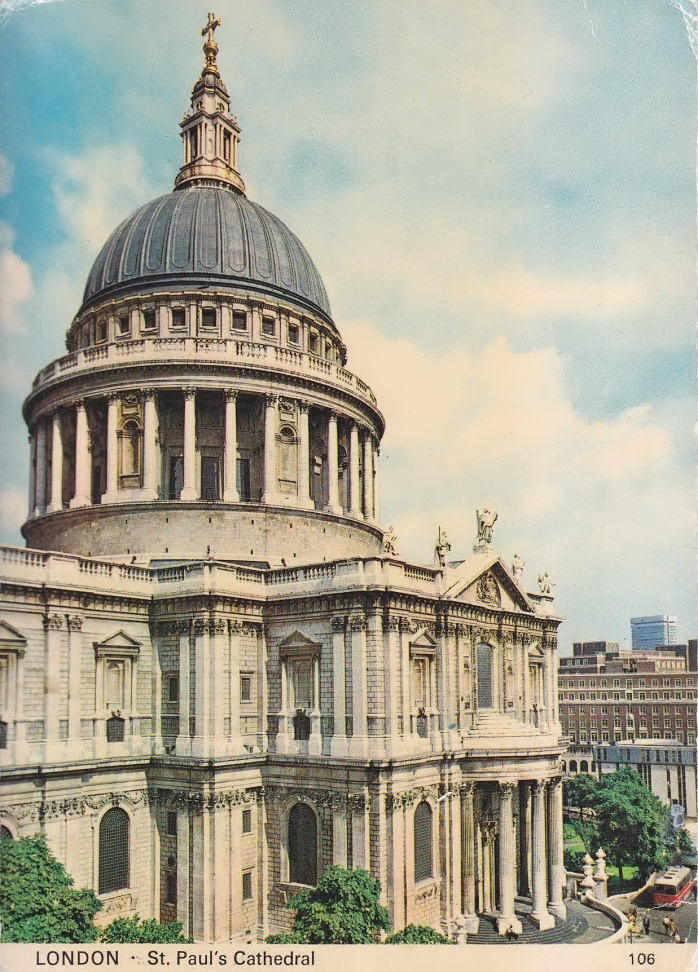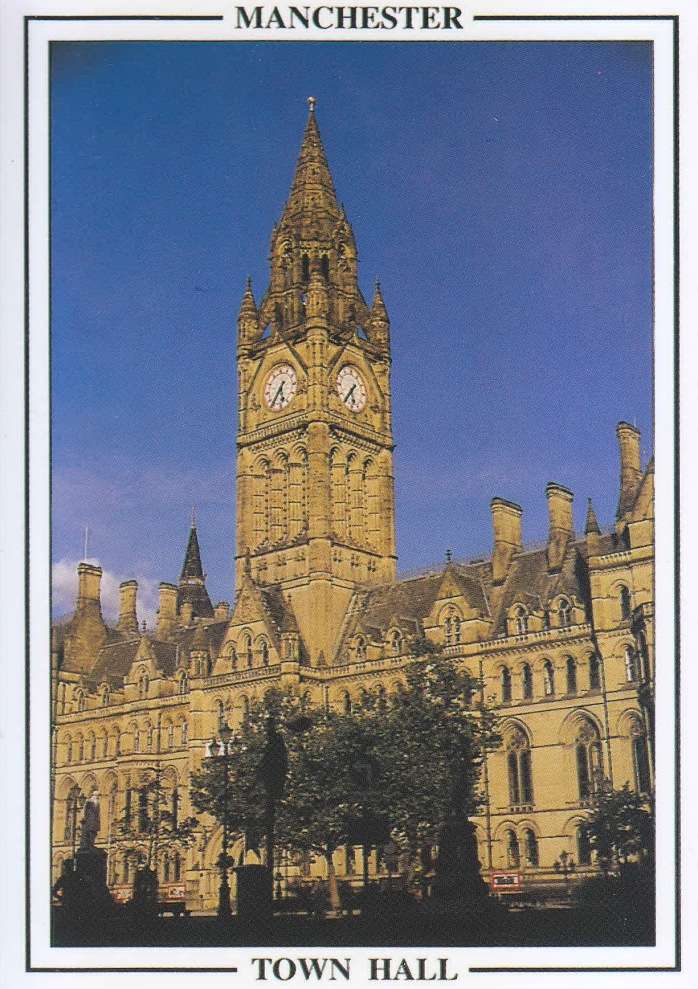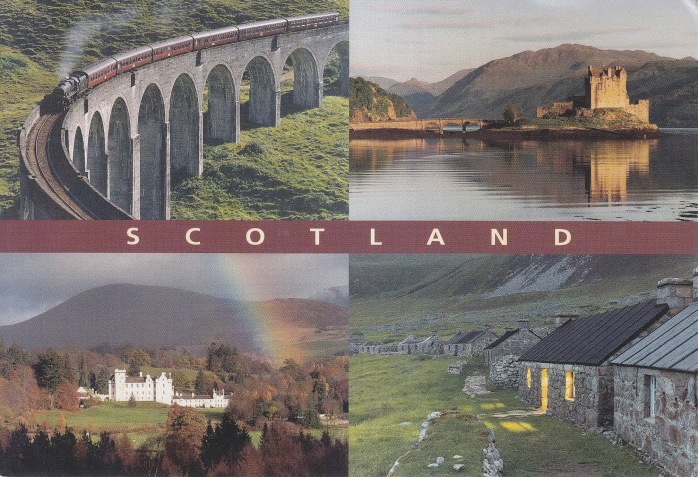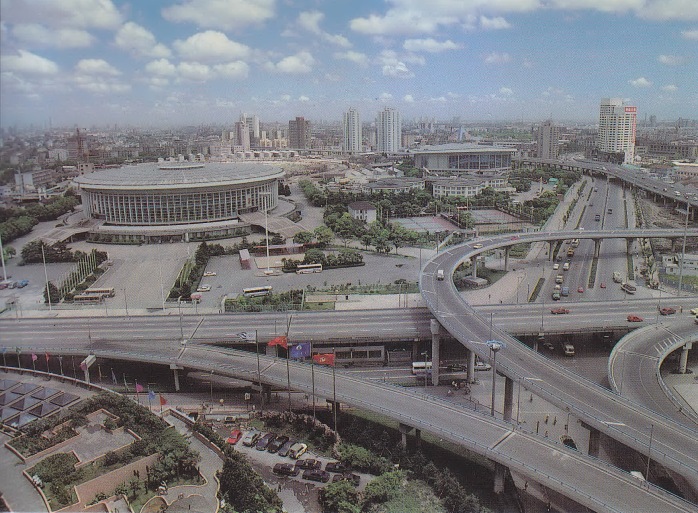
The Cathedral of Christ the Saviour (Russian: Храм Христа Спасителя, Khram Khrista Spasitelya) is a cathedral in Moscow, Russia, on the northern bank of the Moskva River, a few blocks south-west of the Kremlin. With an overall height of 105 metres (344 ft), it is the tallest Orthodox Christian church in the world. The cathedral is not owned by the church, which rents out space on the premises.
read more.

The multi-view card of Moscow, showing:
1. the St.Basil’s Cathedral; The Cathedral of the Protection of Most Holy Theotokos on the Moat (Russian: Собор Покрова пресвятой Богородицы, что на Рву) or Pokrovsky Cathedral (Russian: Покровский собор) are official names for a Russian Orthodox church in Red Square in Moscow. The church is also called the Cathedral of St. Vasily the Blessed (Russian: Собор Василия Блаженного), anglicized as Saint Basil’s Cathedral. It was built from 1555–61 on orders from Ivan the Terrible and commemorates the capture of Kazan and Astrakhan. Read more.
2. The Russian exhibition center, Central Pavilion.
read about All-Russia Exhibition Centre, here.
3. Moscow zoo.
The Moscow Zoo (Russian: Московский зоопарк) is a 21.5-hectare (53-acre) zoo founded in 1864 by professor-biologists, K.F. Rulje, S.A. Usov and A.P. Bogdanov, from the Moscow State University. In 1919, the zoo was nationalized. In 1922, the ownership was transferred to the city of Moscow and has remained under Moscow’s control ever since.
Read more.
4. Novodevichy Convent, also known as Bogoroditse-Smolensky Monastery (Russian: Новоде́вичий монасты́рь, Богоро́дице-Смоле́нский монасты́рь), is probably the best-known cloister of Moscow. Its name, sometimes translated as the New Maidens’ Monastery, was devised to differ from an ancient maidens’ convent within the Moscow Kremlin. Unlike other Moscow cloisters, it has remained virtually intact since the 17th century. In 2004, it was proclaimed a UNESCO World Heritage Site.
5. The monument to the Peter the first.
See more, here.

thanks to my dear friend Christy for this beautiful cards :)

























